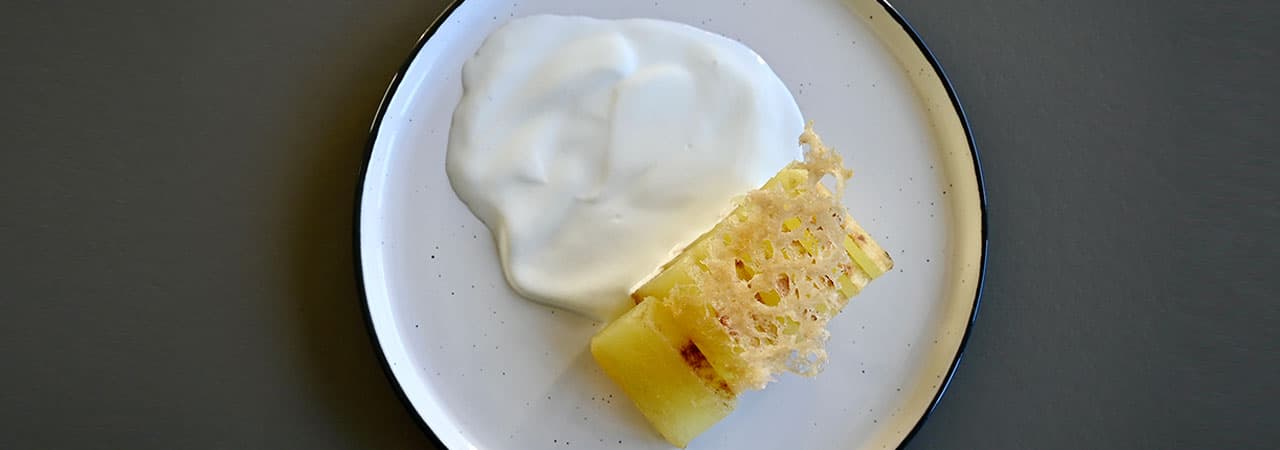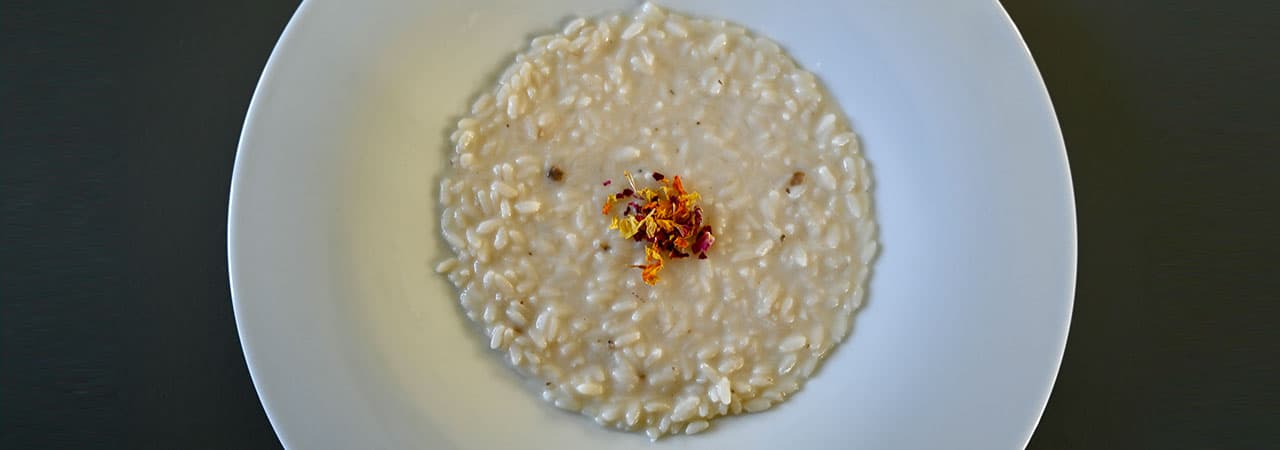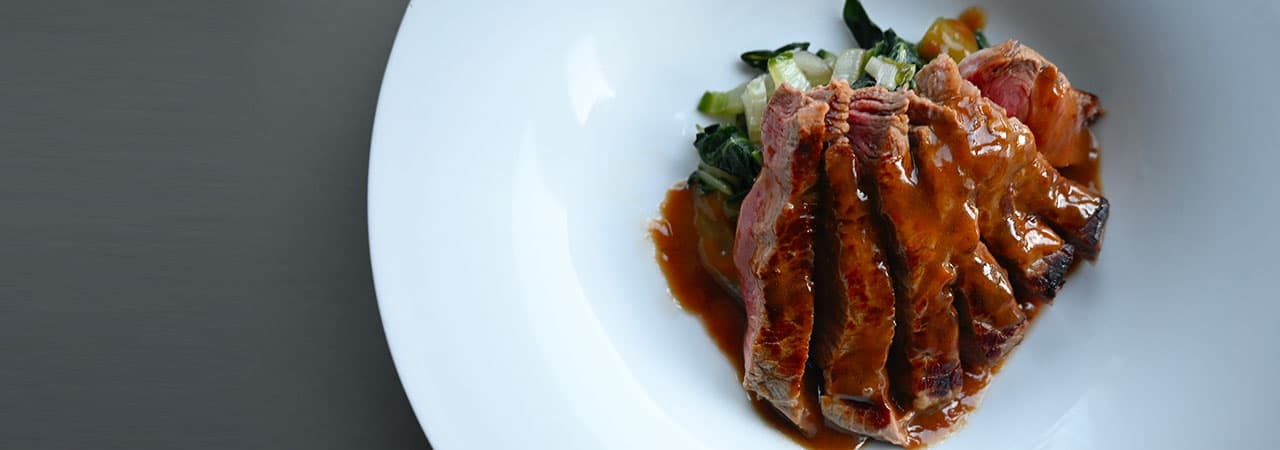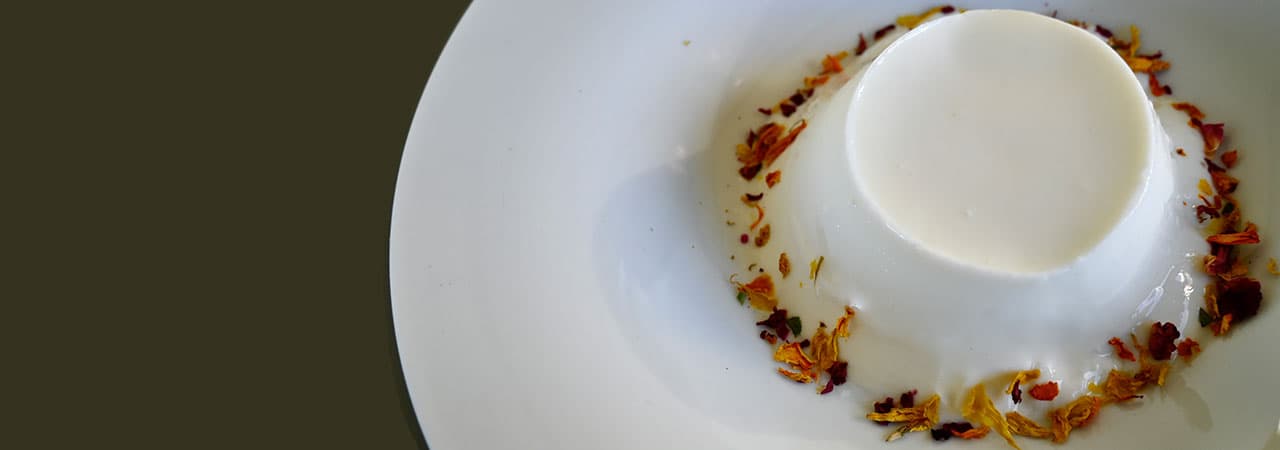february 2024
CASCINA VANO
How many people have you met whose last name is the same as the place they live in? The Rivetti family, from the Rivetti hamlet of Neive, has very deep roots in the Barbaresco area. We fell in love with their wines and their young energy: the new generation leading the winery is Beatrice and Marco, both below 25 years of age.
A perfect example of new ideas stemming from tradition, Bea and Marco are all about organic farming and sustainability.
The wines are classic, with great finesse and beautiful fruit tones. Cascina Vano is definitely one of the rising stars in Barbaresco, and we are proud to share these gems with you as well as with our USA import project.
Our selection and when you should pop that cork (our modest opinion):
- Barbaresco Riserva 2016: A stellar vintage, this is the bottle you want to share with your good friends only. Power, elegance, you are going to find everything that makes Nebbiolo-based wines stand out from the rest of the wine world. Drink now - 2030
- Barbaresco Canova 2020: Fresher and lighter compared to the Riserva, with great fruit and aromatics. Drink now - 2030
- Nebbiolo 2021: Floral, gastronomic. Drink now
MONCHIERO
Young new leadership and several generations of tradition are always a great place to start. Just like the Rivetti family from Neive in this February selection, Monchiero is a great find. Luca, the youngest in the family, tells the incredible story of how his grandpa acquired some of the vineyards they now use for their Barolo: the family worked as sharecroppers for a wealthy family, the roof of the Cascina they were living in needed renovation and the work was traded with several hectares of land in Barolo.
Make sure you ask him next time you visit; it’s one of the best stories to understand how poor the Langhe were, how affordable land was, and how tough it was to farm. Today, Monchiero is a terroir-focused winery, with definitely great attention to tradition (Slavonian big-botti only for the Nebbiolo wines) but at the same time a playful approach towards innovation. I’ve tasted some secret amphora wine with Luca and will tell you more about those in a future Flash Sale.
Our selection and when you should pop that cork (our modest opinion):
- Barolo Comune di Castiglione Falletto 2019: Castiglione Falletto is always balanced; the expression is a great middle ground between the structure and austerity of Serralunga and the elegance of Verduno. Age this a little; 2019 is a big vintage. Drink 2025 - 2035
- Barolo Comune di La Morra 2019: Softer and more approachable than Castiglione Falletto, I would open these two at the same time and focus on the difference between the two terroirs.
- Langhe Nebbiolo 2021: Easy-drinking Nebbiolo, nice floral tones, fruit-forward. Drink now
TENUTA IL NESPOLO
We’re in Moasca, in the Asti province, away from the spotlight and where land is still affordable. Soil is richer, wines are rounder, Barbera is king. Luca Amerio is a young enologist who, knowing how much potential his vineyards had, reimagined his father's cellar. Good grapes make good wine, and this was too good to be sold in bulk.
Today, Luca at Tenuta Il Nespolo applies what he defines as "cognitive viticulture," taking care of the now 12 hectares of vineyards, where Barbera takes the lead, accompanied by Dolcetto, Favorita, Chardonnay, and Moscato.
The combination of Luca's studies with Domenico's experience, the desire to always keep the land healthy by respecting the cycles of nature, and the continuously evolving production make Tenuta Il Nespolo one of the most interesting new labels from Monferrato.
Our selection and when you should pop that cork (our modest opinion):
- Nizza 2020: Big Barbera! Ripe, fresh, and powerful. Drink now - 2030
- Barbera d’Asti 2021: Rustic, fruit-forward. Drink now
- Vino da Sete: The natural wine fans out there are going to love this. An extremely easy-to-drink, fun, 1-liter bottle to share with your friends. This is what my grandpa and every grandpa in Piemonte would love to drink. Put in the fridge!
LE MORE BIANCHE
“Pier, you should go see my friend Alessandro in Magliano Alfieri; I think you would like his wines,” said Alberto Oggero casually when speaking about our Club selection.
Tucked away in a small country house, after years of working as a consultant for wineries, Alessandro is now crafting amazing small-batch wines only for those who are passionate enough to find him. Four hectares of land farmed with 0 chemicals and a lot of love. What Alessandro calls a “natural heart” is accompanied by precise winemaking, which makes his bottles stand out from the crowd.
The winery is also in a unique location, right at the border between Roero and Monferrato, so that Alessandro can play with both denominations.
Our selection and when you should pop that cork (our modest opinion):
- Roero 2020: The Roero we love. Ripe, floral, elegant. An absolute beauty. Drink now - 2030
- Roero 2019: Same concept but a very different vintage. More structure and power here. Drink now - 2032
- Nebiulin: Beaujolais meets Nebbiolo, crunchy. Drink now

Gin-Braised Turnips and Parmesan Fondue
What you need:
- - Red turnips 200g
- - Whole cream 150g
- - Milk 30g
- - Parmesan cheese 60g (30 months or older)
- - Gin
- - Butter
- - 1/2 leaves of sage
- - Lemon peel 30g
- - Extra virgin olive oil
- - Salt
- - Pepper
- - One large pot
- - One smaller saucepan
- - One large plastic container
- - One pan
How it is done:
Start by cleaning and washing the turnips. Peel all of them and then cut them into cubes around two inches thick.
In a large plastic container, make a marinade with 1oz of gin, a tablespoon of extra virgin olive oil, salt, pepper, the sage leaves, and the lemon peel. Mix the turnips and let them sit for 24 hours. Grate the Parmesan, and in a saucepan, put the whole milk and the cream, and heat it until it reaches 154°F. At this point, start by putting the grated Parmesan until completely melted. Remove from the heat and set aside.
After 24 hours, remove the turnips from the marinade, wash them carefully under cold running water. Heat a pan, put the turnips on one side and cook them until golden, flip them and repeat the process on the other side. At this point, add the butter, season on all sides, and throw in the remaining gin, let it reduce to a glaze, and remove the turnips from the pan.
How to serve:
Cut the cubes into little slices, serve them on a plate, and put the fondue on the side. You can complete the dish with some Parmesan crisps on top of the turnips.

White Truffle Risotto
What you need:
- - Baldo Or Sant’Andrea rice 200g
- - Bone broth 500g
- - Butter 100g
- - Bone marrow 50g
- - Parmesan cheese 50g
- - 1 Shallot
- - Gin 20g
- - White truffle 12/15g
- - Salt
- - Pepper
- - One big pot
- - One large saucepan
How it is done:
In a large pot, bring the broth to a boil. In a pan, melt 50g of butter and 30g of bone marrow, add the shallot (cleaned but whole) and 2 grams of grated white truffle, heat slowly and, when the butter starts to bubble, throw the rice in it and toast it until the grain of rice is translucent for the most part. When toasted, splash it with gin, flame it and keep stirring until the flame fades out.
Remove the shallot and start to add the boiling broth to cover the rice, lower the heat and let the broth be completely absorbed by the rice, keep adding the broth until the rice is cooked. Add salt and pepper to taste. Remove the risotto from the heat, cover it with a tablecloth, and let it sit for one minute. Add the remaining butter, bone marrow, and grated Parmesan and mix it until evenly melted.
How to serve:
In a large plate, lean the risotto, use the texture and the beautiful deep white color as your decoration for the dish. Complete it by shaving white truffle directly on top of it.

Roast with Roasted Carrots and Chards
What you need:
- - Beef bottom round 1kg
- - Butter 250g
- - Bone Broth 350g
- - Red Wine 50g
- - 2 Carrots
- - 2 Celery stalks
- - Swiss chards 350g
- - Shallot 40g
- - 1 Red Onion
- - Bouquet garni
- - 1 tablespoon of Olive oil
- - Salt
- - Pepper
- - One frying pan
- - One deep ovenproof oven tray
- - One large pot
How it is done:
Trim the bottom round, rub with salt, and set outside the fridge for around 30 minutes. Coat a large frying pan with olive oil, bring to high heat. Sear the brisket on each side. Set it aside on a baking tin; remove the pan from the heat, add the butter and let it melt, bring back to medium heat, add the red wine, let it reduce until glazy, add the stock and let it reduce by 1/3. Cut the carrots, celery, and onions into big chunks, add them to the deep baking tin, cover the whole with the broth/wine mixture.
Place it into the preheated oven at 175°C for 1 hour.
For the sauce: take the cooked celery, onions celery from the brown bottom. In a deep pot, add the butter and the vegetables. Let it melt at a gentle heat, when completely melted add the flour. Add the brown bottom, lower the heat and mix it from time to time until it boils. With an immersion blender, blend the mixture until smooth.
Cut the chards and julienne the shallot, place the cut vegetables in a bowl, add salt. Let it sit for a couple of minutes, then cook it in a pot with a tablespoon of olive oil until tender.
How to serve:
Place the chards at the center of the dish, cut the roast into thin slices, cover it with the hot sauce.

Panna Cotta
What you need:
- - Whole cream 1 liter
- - Sugar 150g
- - 2 Vanilla bean
- - Acacia Honey 10g
- - Jelly sheets 25g dried
- - One large pot
- - One whisk
- - Your favorite mold
How it is done:
In a large pot, put 800g of whole cream (keep the rest in the fridge or in an extremely cold place), the two vanilla beans, and the acacia honey.
Bring it to a heat, leave it without bringing to a boil for around 20 minutes. Remove the vanilla beans, cut them in half, remove the seeds, and put them back in the whole cream. Bring the pot back to the heat and cook it at medium heat until it reaches the boiling point. Remove it from the heat, add the sugar and gently whisk it with a whisk. Bring it back to the stove and cook it until the sugar is completely dissolved in the pot (around 2/3 minutes). In this phase, make sure that it does not reach the boiling pot again.
Remove the panna cotta from the heat, keep stirring while adding the chilled cream and the jelly sheets previously rehydrated in water, mix it until everything is smooth and uniform.
Place it in your favorite mold and let it sit in the fridge for a minimum of three hours.
How to serve:
I prefer the old way of serving panna cotta: cutting it in pieces with a knife and serving it untouched on the plate, rather than in single portions mold. You can complete the panna cotta with whatever you like, a caramel sauce, some fruit coulis, biscuit crumbles. But as we did in the last Piemonte nights try it with some white truffle shaved on top!
